ABA Therapy and Autism Resources
Explore essential ABA therapy and autism resources to support effective learning and growth for your child.

Understanding ABA Therapy
Fundamentals of ABA Therapy
Applied Behavior Analysis (ABA) is a systematic approach that focuses on behavior modification. It uses techniques such as reinforcement to improve specific behaviors while addressing the functions of behavior: social attention, escape or avoidance, access to tangibles, and sensory stimulation. ABA principles are supported by the US Surgeon General and the American Psychological Association as evidence-based best practices for treating autism spectrum disorders. Over 20 studies have shown that intensive and long-term therapy based on ABA can significantly enhance outcomes for many, though not all, children with autism [2].
In ABA therapy, behavior is broken down into small, manageable steps. Children are rewarded for achieving specific, attainable goals developed by clinical staff. This structure helps them learn which behaviors are appropriate in different situations. Additionally, a key aspect of ABA is the 'Generality' dimension, which emphasizes that skills learned in therapy should be applicable in various settings, ensuring that children effectively grasp the targeted skills.
Benefits of ABA Therapy
The benefits of ABA therapy are extensive, making it a widely recommended intervention for individuals with autism.
| Benefit | Description |
|---|---|
| Improved Communication Skills | ABA can enhance verbal and non-verbal communication, fostering better interaction. |
| Increased Independence | Interventions often help children develop self-care and daily living skills, promoting autonomy. |
| Reduction in Problematic Behaviors | ABA helps to identify triggers and diminish unwanted behaviors, improving overall behavior management. |
| Personalized Approach | Goals and strategies are tailored for each child, maximizing the effectiveness of the therapy. |
| Wide Applicability | Skills learned are designed to be applicable across various environments, including home and school. |
Parents often cite impactful success stories, such as those highlighted in Catherine Maurice's book, "Let Me Hear Your Voice," which discusses the remarkable progress of children with autism through behavioral interventions [4]. The structured nature of ABA therapy not only addresses immediate behavioral concerns but also supports long-term growth and development for children on the autism spectrum.
For more information on specific therapies available under ABA, you may explore resources on ABA therapy and developmental services and ABA therapy and autism centers.
Implementing ABA Therapy
Implementing ABA (Applied Behavior Analysis) therapy requires the involvement of qualified professionals who are essential in directing and customizing the therapy to suit the individual needs of each person with autism.
Qualified Professionals in ABA
A board-certified behavior analyst (BCBA) plays a pivotal role in providing ABA therapy services. The BCBA designs and directly oversees the ABA program, tailoring it to each learner's skills, needs, interests, preferences, and family situation [5]. This personalized approach ensures that the therapeutic interventions are effective and relevant.
The BCBA collaborates with families to create a comprehensive treatment plan that addresses specific goals. Additionally, behaviors are monitored and assessed to measure progress and authenticity in the implementation of the ABA strategies. Qualified professionals are essential for:
| Responsibilities | Description |
|---|---|
| Program Design | Customizing therapy programs based on individual assessments. |
| Data Analysis | Collecting and analyzing data to adjust goals and strategies. |
| Supervision | Directly supervising registered behavior technicians (RBTs) during therapy sessions. |
Role of Behavior Technicians
Behavior technicians, often referred to as registered behavior technicians (RBTs), are trained professionals who implement the ABA programs outlined by the BCBA. They play a crucial role in the day-to-day delivery of ABA therapy. RBTs work directly with individuals, applying the techniques and strategies that have been developed under the supervision of a BCBA.
These technicians are responsible for:
| Tasks | Details |
|---|---|
| Implementing Interventions | Carrying out the therapeutic strategies as directed by the BCBA. |
| Monitoring Progress | Collecting data on the individual's responses and behaviors to ensure efficacy. |
| Communicating with Teams | Collaborating with BCBAs and families to discuss progress and any necessary adjustments to the therapy plan. |
RBTs contribute significantly to the success of ABA therapy through their hands-on involvement. Parents and caregivers can learn more about the roles of both BCBAs and RBTs to ensure effective and supportive therapy experiences for their loved ones. For additional resources, visit our section on ABA therapy and autism centers where you can find qualified professionals and services tailored for individuals with autism.
ABA Therapy Techniques
Understanding the techniques employed in ABA (Applied Behavior Analysis) therapy is crucial for parents and caregivers of individuals with autism. These methods aim to modify behaviors and reinforce positive actions, facilitating skill development and greater independence.
Positive Reinforcement Strategies
One of the fundamental techniques in ABA therapy is positive reinforcement. This strategy involves rewarding desired behaviors to encourage their repetition. When a behavior is followed by a valued reward, it is more likely to be repeated over time, leading to meaningful behavior change.
Positive reinforcement can take various forms:
| Type of Reinforcement | Description |
|---|---|
| Verbal Praise | Offering compliments or encouragement for desired behaviors. |
| Tangible Rewards | Providing objects, such as toys or stickers, that are desirable to the child. |
| Activities | Allowing the child to engage in a preferred activity, such as playing a game, as a reward. |
In practice, behavior technicians will break down desirable behaviors into smaller, manageable steps. Each time a child successfully completes a step, they are rewarded, reinforcing their learning process [6]. For more information on the effectiveness of these techniques, parents can visit our section on aba therapy and autism centers.
Behavior Modification Approaches
Behavior modification is another critical component of ABA therapy. This approach is centered around teaching children which behaviors are appropriate in specific situations. It involves setting specific, achievable goals tailored to each individual’s needs.
Key techniques within behavior modification include:
| Technique | Description |
|---|---|
| Task Analysis | Breaking down complex behaviors into smaller, easier steps, allowing for gradual mastery. |
| Modeling | Demonstrating desired behaviors for the child to observe and emulate. |
| Prompting | Providing cues or hints to encourage the child to perform the desired behavior. |
In an ABA setting, clinical staff develop a structured plan to target specific skills, ensuring that behavior technicians work directly with the children to help them achieve their individualized goals. By closely monitoring progress and adjusting strategies as needed, parents and caregivers can see significant improvements in their child's social, emotional, and life skills.
For additional insights on behavior analysis and related interventions, refer to our resource on aba therapy for behavior analysis.
Starting ABA Therapy
Importance of Early Intervention
Early intervention is critical when considering ABA therapy for children with autism. Research indicates that ABA therapy is most effective when initiated as early as possible, ideally before the child turns six. This is because a developing brain can acquire new skills more efficiently during early childhood.
Studies reveal that beginning ABA therapy before the age of four yields the best results. Children who start therapy at this age show significant improvements in development, particularly in social and communication skills, which facilitate better interactions with peers. Early and intensive ABA intervention can lead to enhanced socialization, communication, and expressive language abilities for children with Autism Spectrum Disorder (ASD).
Personalized ABA Programs
ABA therapy is known for its highly individualized approach, making it adaptable to each child's unique needs. The programs begin in the home and are adjusted based on the child's progress, allowing for personalized learning experiences. This adaptability ensures that children can learn at their own pace, reinforcing what they understand and focusing on areas that need improvement.
A Board Certified Behavior Analyst (BCBA) is responsible for assessing and analyzing each child's situation to create tailored interventions. These professionals specialize in behavior analysis and work closely with families to address behavioral issues while promoting positive behavior changes.
| Factor | Benefits of Personalized ABA Programs |
|---|---|
| Individualized Plans | Tailored to meet the specific needs of each child |
| Home-Based Learning | Initial interventions conducted in a familiar environment |
| Progress Monitoring | Regular adjustments based on the child's developmental pace |
| Expert Guidance | Involvement of trained professionals in creating and implementing strategies |
For additional resources related to ABA therapy, the overall approach to ABA therapy and developmental services provides further insights into how personalized programs are structured to support children with autism effectively.
ABA Therapy Efficacy
Research Supporting ABA
Applied Behavior Analysis (ABA) is recognized as an evidence-based best practice treatment for individuals with autism. The U.S. Surgeon General and the American Psychological Association endorse ABA due to its proven effectiveness over several decades. More than 20 studies demonstrate that intensive and long-term therapy utilizing ABA principles improves outcomes for many children with autism [5].
Compared to other treatment methods, ABA therapy has been utilized since the 1960s, showcasing its lasting impact and relevance in therapy for individuals with autism and related developmental disorders. This longevity suggests not only its effectiveness but also its adaptability as research continues to refine approaches and strategies within the field.
| Year Established | Key Findings |
|---|---|
| 1960s | Introduction of ABA principles to support social skills in children with autism. |
| 1990s - 2000s | Research confirms the effectiveness of intensive, long-term ABA interventions. |
| 2020s | Continued emphasis on evidence-based practices via extensive research. |
Potential Outcomes
Early and intensive ABA intervention is known to significantly improve outcomes for children on the Autism Spectrum. Areas such as socialization, communication, and expressive language skills typically show marked improvement with appropriate ABA programs [7].
Individuals who participate in ABA therapy can experience various positive changes, including:
- Enhanced social skills
- Improved communication abilities
- Development of functional life skills
- Reduction in problem behaviors
ABA aims to develop new skills, refine existing ones, and reduce undesirable behaviors, making it the most common therapy for autism in the United States.
Understanding the efficacy of ABA therapy can help parents and caregivers make informed decisions about treatment options for those with autism. For more insights into ABA therapy, explore our resources on aba therapy and autism centers, aba therapy for developmental disabilities, and aba therapy for behavioral disorders.
Financial Resources for ABA
Navigating the financial landscape of ABA therapy can be challenging for parents and caregivers of individuals with autism. Understanding available resources can provide essential support for accessing necessary services.
Medicaid Coverage for ABA
Many types of private health insurance are required to cover ABA services, and all Medicaid plans must cover treatments that are deemed medically necessary for children under the age of 21 if prescribed by a doctor. Medicaid Waivers, specifically the 1915(c) Home and Community Based Services, are designed in most states to provide support services and care to individuals with developmental disabilities, allowing them to remain at home or in the community.
To give a clearer view of the types of Medicaid coverage available, the following table outlines key features.
| Coverage Type | Description |
|---|---|
| Medicaid for ABA | Covers medically necessary ABA services for children under 21 |
| Medicaid Waivers | Home and Community Based Services for individuals with developmental disabilities |
Special Financial Planning Kits
Families looking for financial assistance can benefit from specialized financial planning kits. These resources include information on managing expenses related to ABA therapy and other associated costs. They often feature tools for budgeting, saving, and resources to explore additional funding options.
One such resource is the Achieving a Better Life Experience (ABLE) Act of 2014, which introduced ABLE accounts. These private tax-advantaged savings accounts enable families to save for long-term expenses without affecting eligibility for public benefits like Medicaid and Supplemental Security Income (SSI) [9].
More information regarding financial assistance can be found through community action agencies, which provide various support programs for low-income residents, including rental, energy assistance, and food programs.
Understanding these resources helps parents and caregivers better manage the financial aspects of ABA therapy and ensure their loved ones receive the care they need. For further insights into ABA therapy, explore our articles on aba therapy for developmental disorders and aba therapy and autism centers.
References
Does Your Child Have An Autism Diagnosis?
Learn More About How ABA Therapy Can Help
Find More Articles
Contact us
North Carolina, Nevada, Utah, Virginia
New Hampshire, Maine
Arizona, Colorado, Georgia, New Mexico, Oklahoma, Texas
.avif)


















.jpeg)




















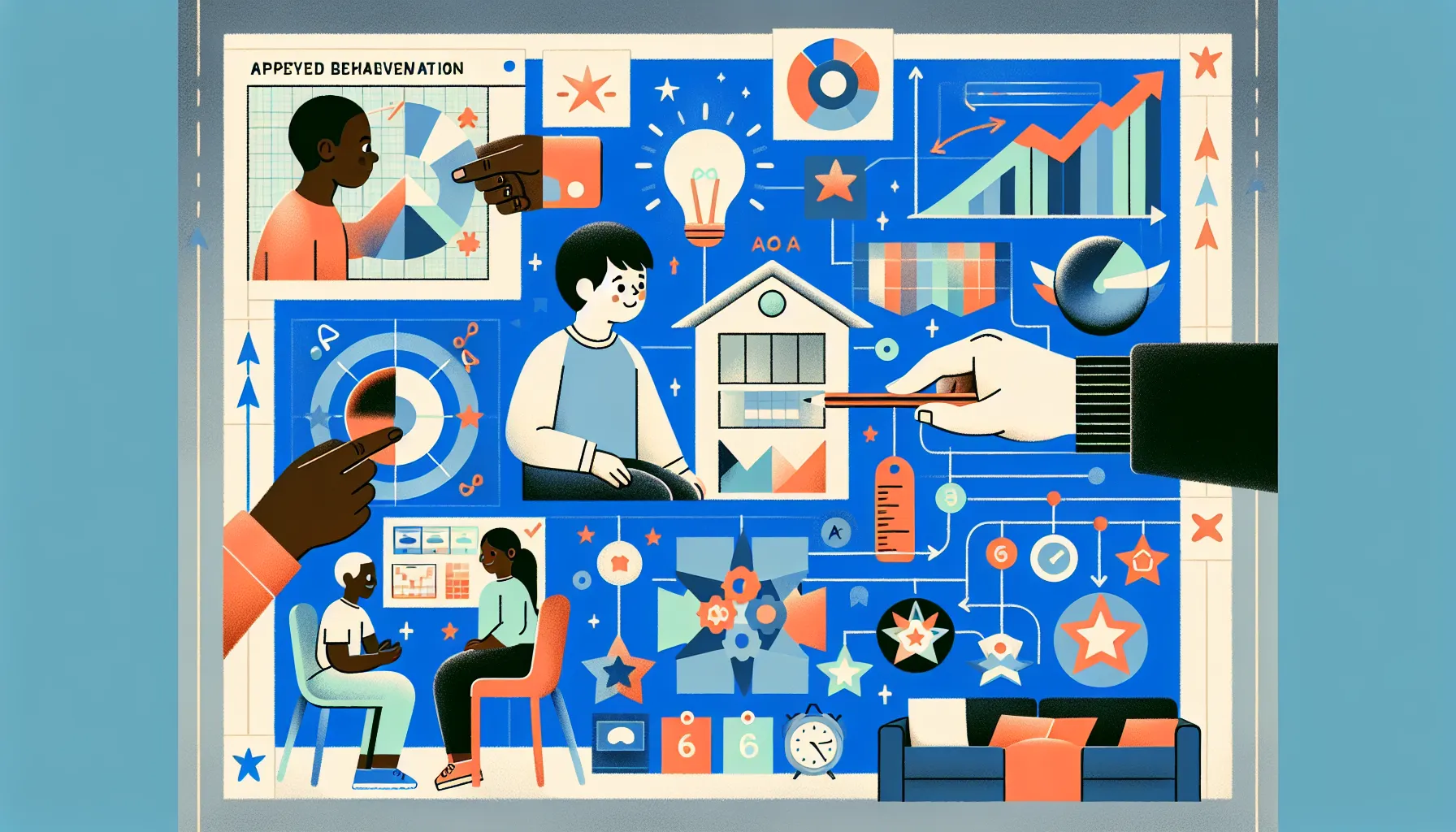






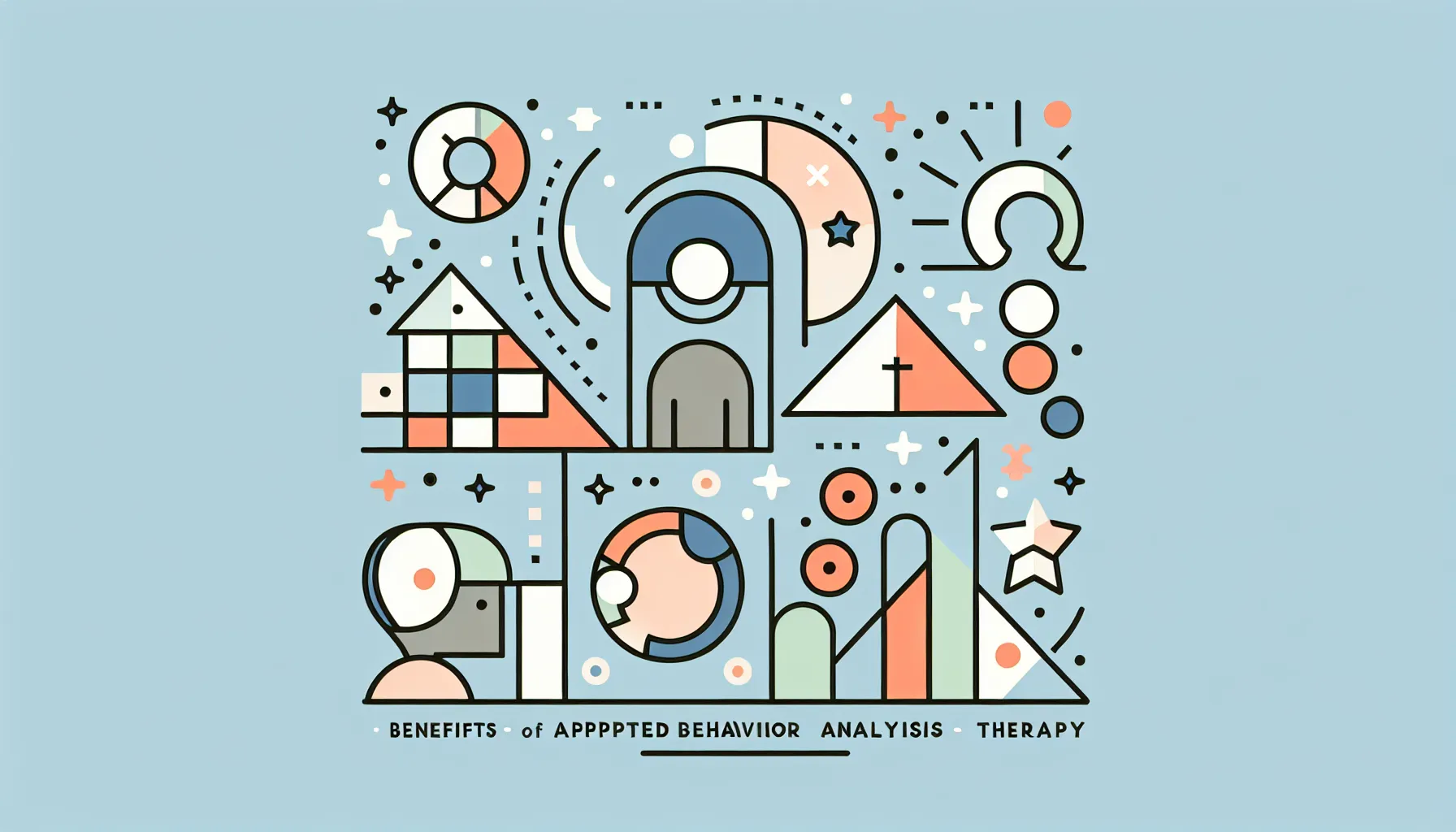






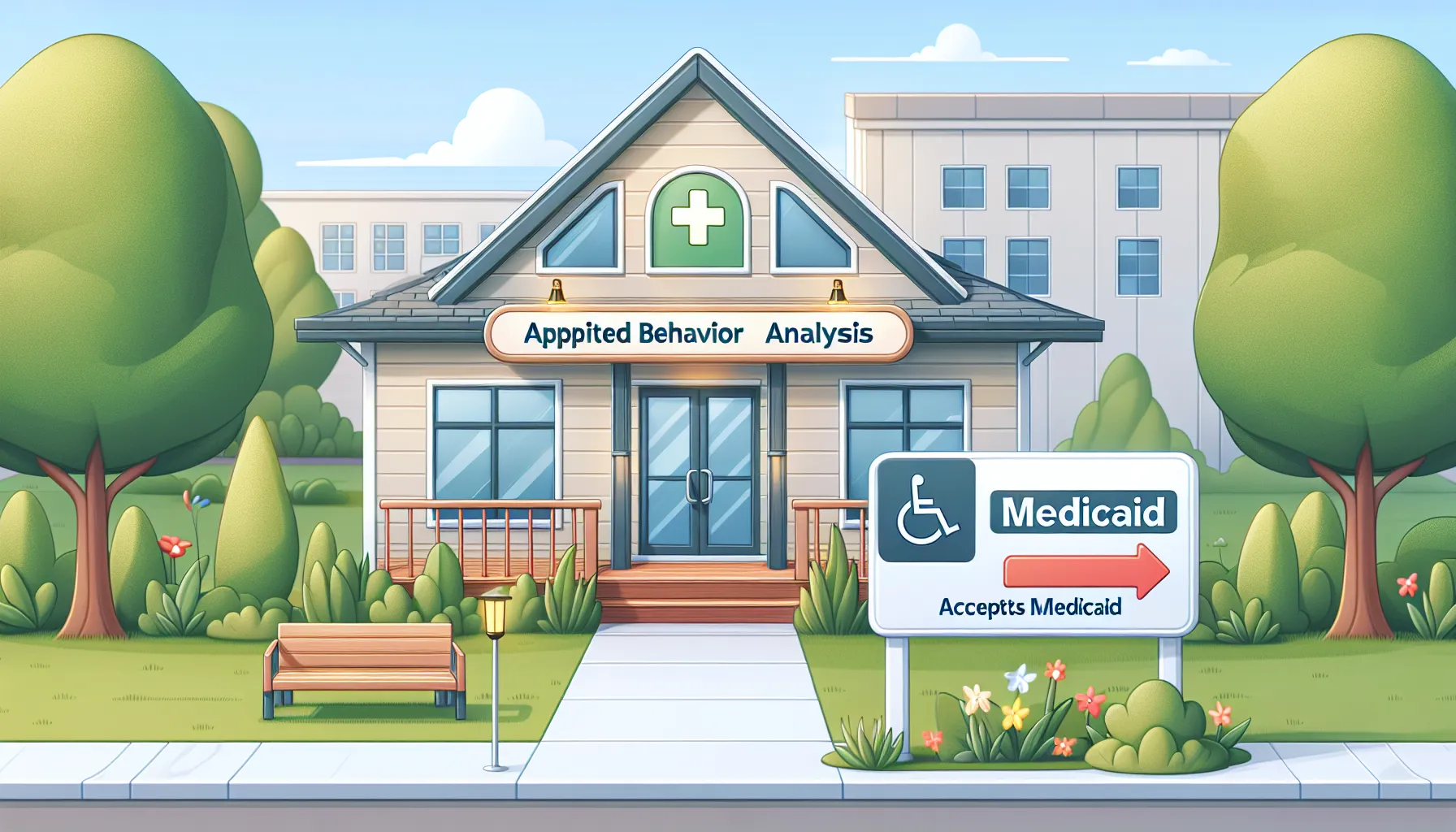




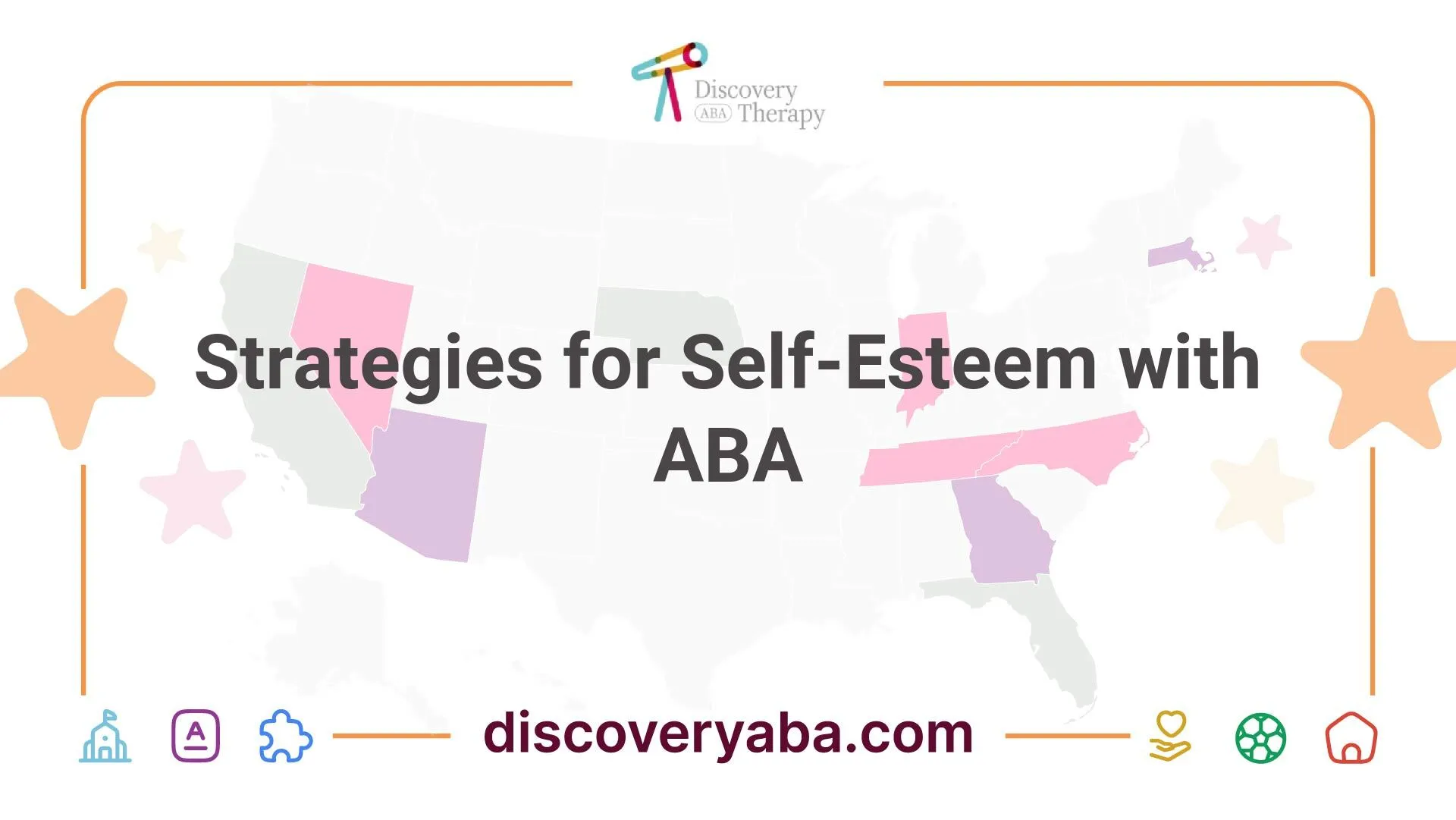




.jpeg)
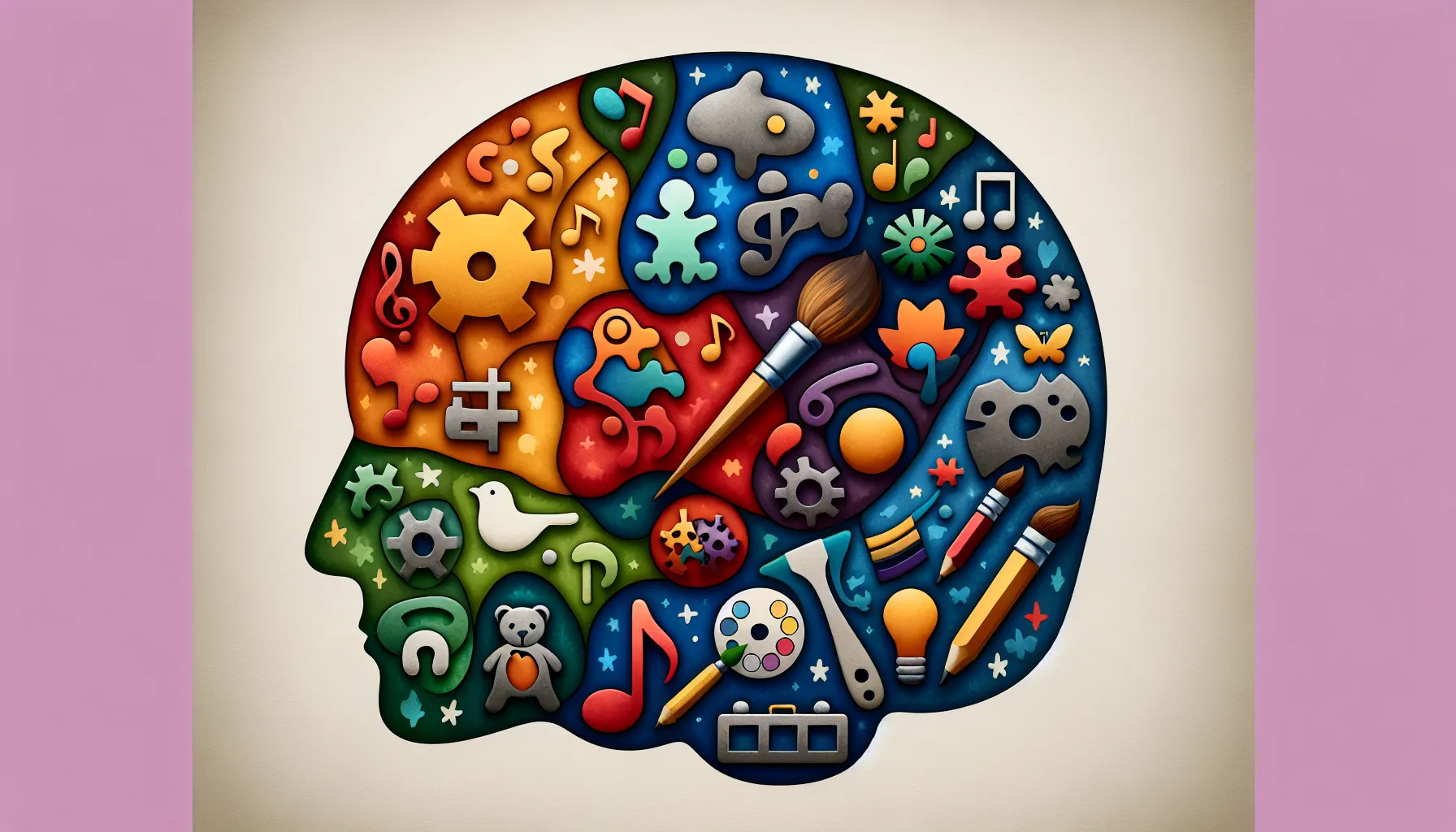

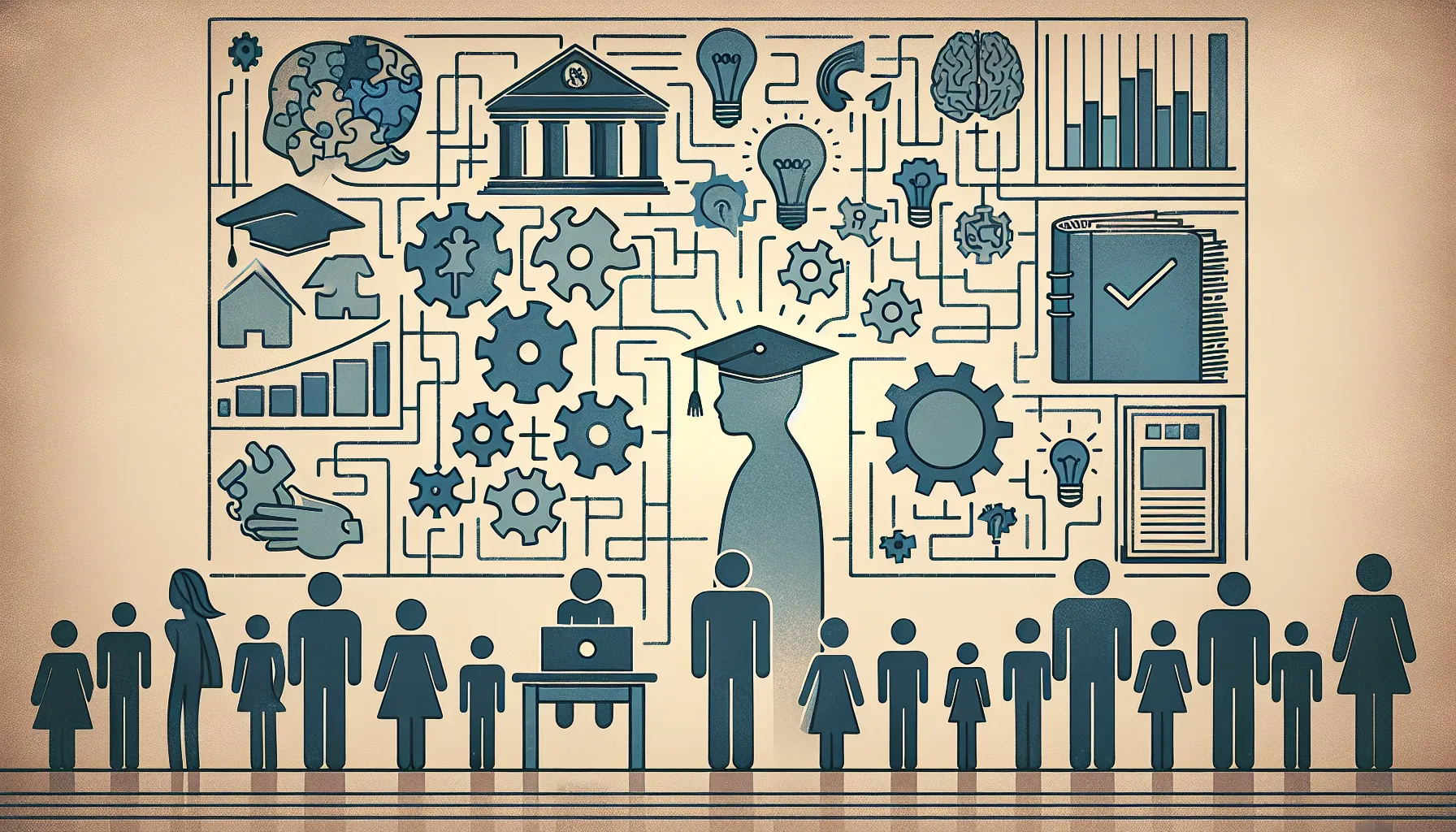




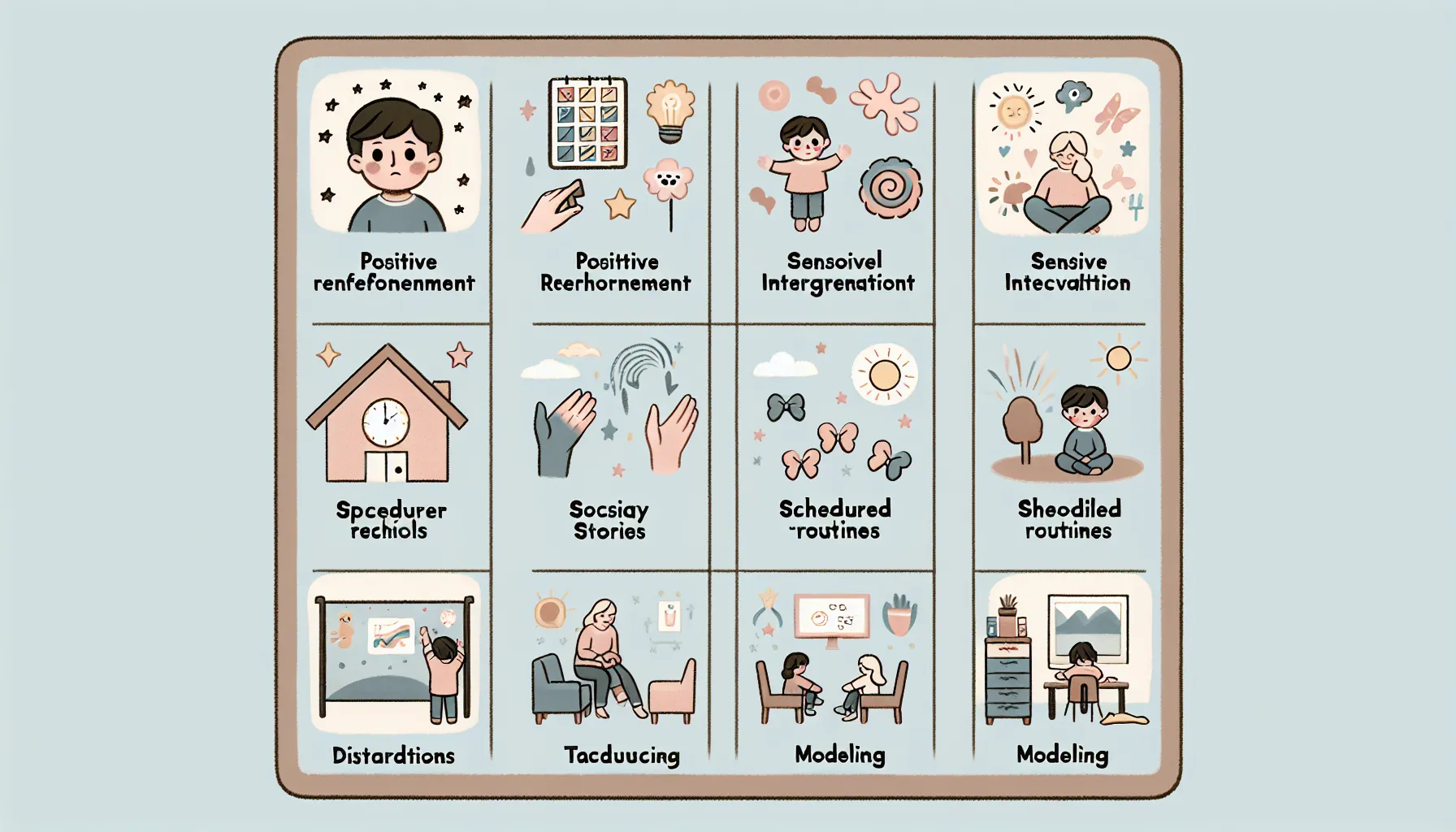

.jpeg)
.jpeg)



.jpeg)




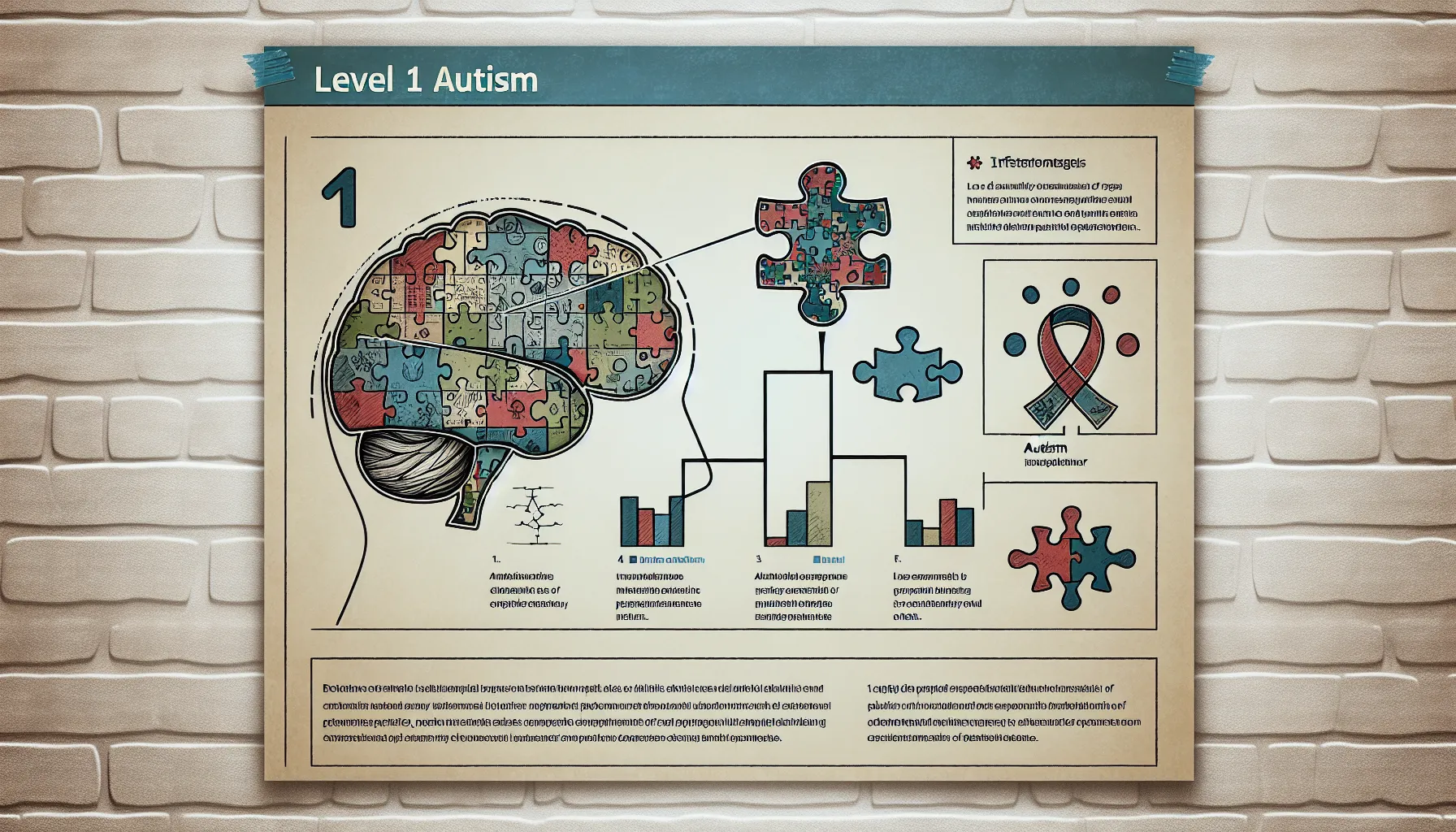











.jpeg)
.jpeg)



.jpeg)
.jpeg)